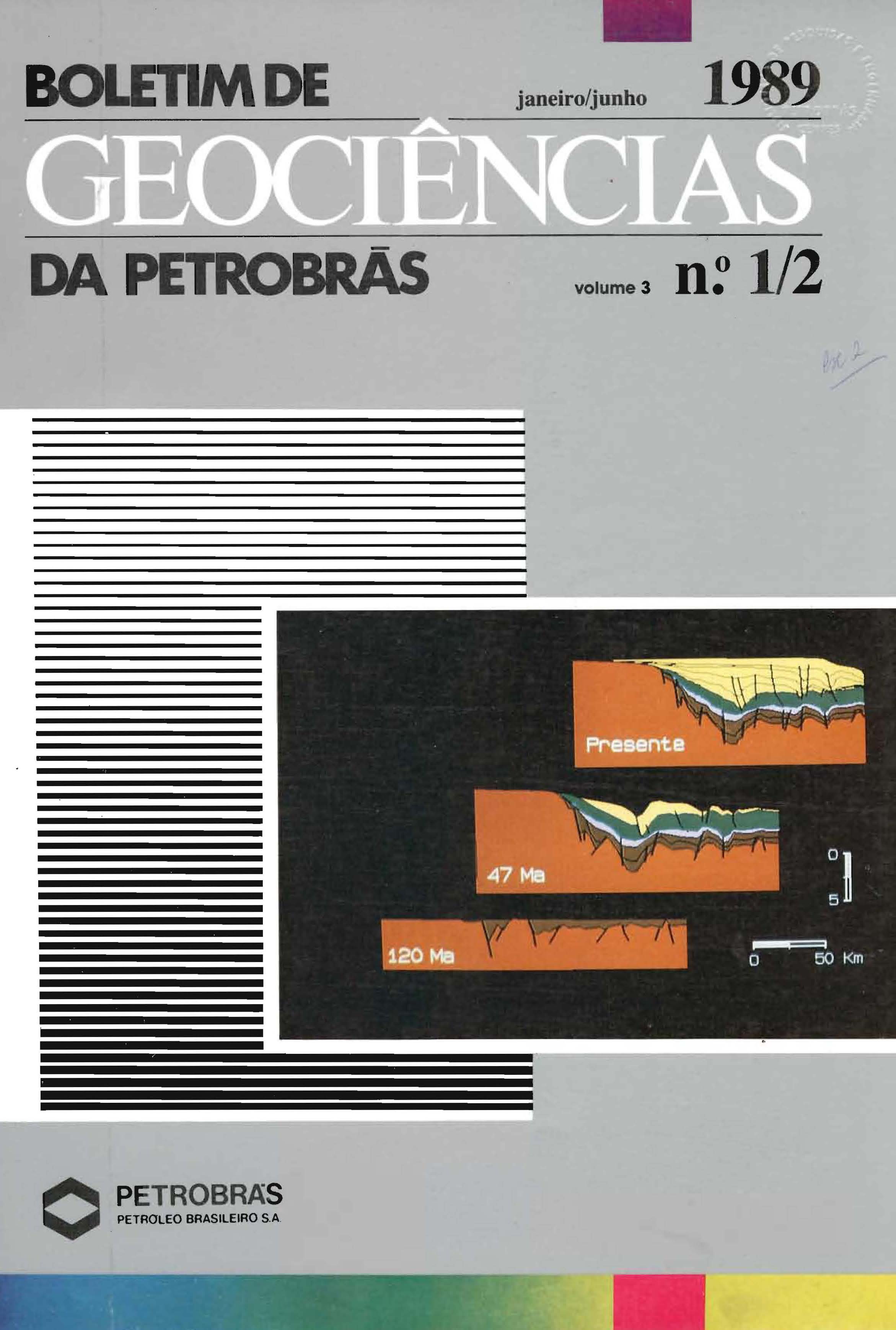Geometria dos corpos carbonáticos do Reservatório Macaé (metade superior), Campo de Pampo
Abstract
The Pampa ranks first among Campos Basín fields in terms of O.I.P. at water depths of 200 m maximum. When considering only the Macaé accumulations within this field up to the sarne water depth, it ranks second in O.I.P. and third in recoverable oil. Of the 30 wells which have been drilled in the 11 km2 oil-bearing area, 26 are concentrated around a 400 x 400 m square grid in the 3 km2 central part of the field. This relatively high well density affords reasonably accurate definitions of carbonate body dimensions. The gamma ray and bulk density crossplots used in delimiting these bodies attained an accuracy rate of over 80%. Four types of eletrofacies, which behave as. reservoir-fácies, have been defined and are composed mainly of: FP-1 (eletrofacies 1) -oolitc calcarenites, where K <250 mD; FP-2 -oncolitic calcarenites, where 20 <K <250 mD; FP-3-microoncolitic and peloidal calcarenites and oncolitic calcirrudites, where K <20 mD; and FP-4 - calcissiltites, where K <2 mD. As used here, the term eletrofácies Iases its purely petrographic character, not only because of the imprecision of the rock: well log correlation itself but also, and mainly, due to reliance on the concept of flow capacity. Thus, a body or part of a body of oolitic or oncolitic calcarenite can be classified as FP-2 or FP-3 and as FP-3, respectively, depending on cementation intensity. The maximum thickness for oolitic calcarenite bars is 17.5 m while area ranges from 0.03 to 6.5 km


